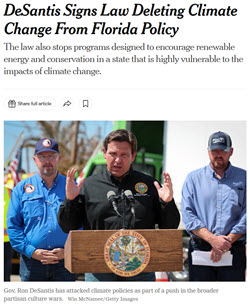Remote Sensing, Vol. 16, Pages 1639: Urban Land Surface Temperature Downscaling in Chicago: Addressing Ethnic Inequality and Gentrification
Remote Sensing doi: 10.3390/rs16091639
Authors: Jangho Lee Max Berkelhammer Matthew D. Wilson Natalie Love Ralph Cintron
In this study, we developed a XGBoost-based algorithm to downscale 2 km-resolution land surface temperature (LST) data from the GOES satellite to a finer 70 m resolution, using ancillary variables including NDVI, NDBI, and DEM. This method demonstrated a superior performance over the conventional TsHARP technique, achieving a reduced RMSE of 1.90 °C, compared to 2.51 °C with TsHARP. Our approach utilizes the geostationary GOES satellite data alongside high-resolution ECOSTRESS data, enabling hourly LST downscaling to 70 m—a significant advancement over previous methodologies that typically measure LST only once daily. Applying these high-resolution LST data, we examined the hottest days in Chicago and their correlation with ethnic inequality. Our analysis indicated that Hispanic/Latino communities endure the highest LSTs, with a maximum LST that is 1.5 °C higher in blocks predominantly inhabited by Hispanic/Latino residents compared to those predominantly occupied by White residents. This study highlights the intersection of urban development, ethnic inequality, and environmental inequities, emphasizing the need for targeted urban planning to mitigate these disparities. The enhanced spatial and temporal resolution of our LST data provides deeper insights into diurnal temperature variations, crucial for understanding and addressing the urban heat distribution and its impact on vulnerable communities.

 2 weeks ago
20
2 weeks ago
20


